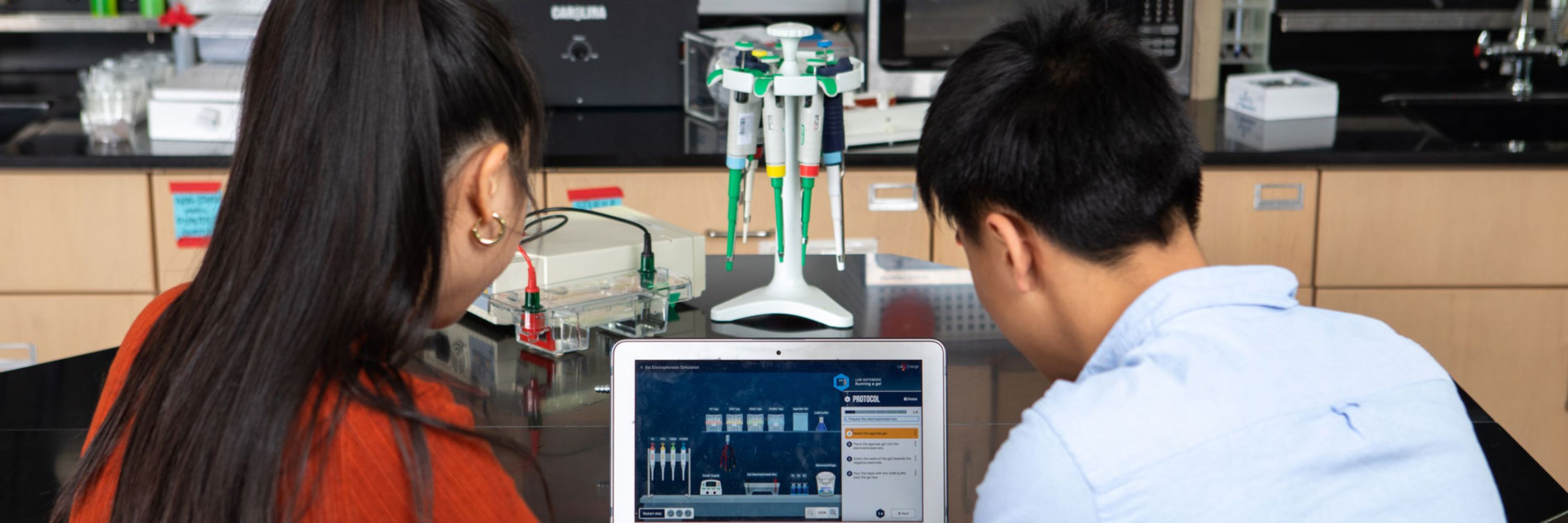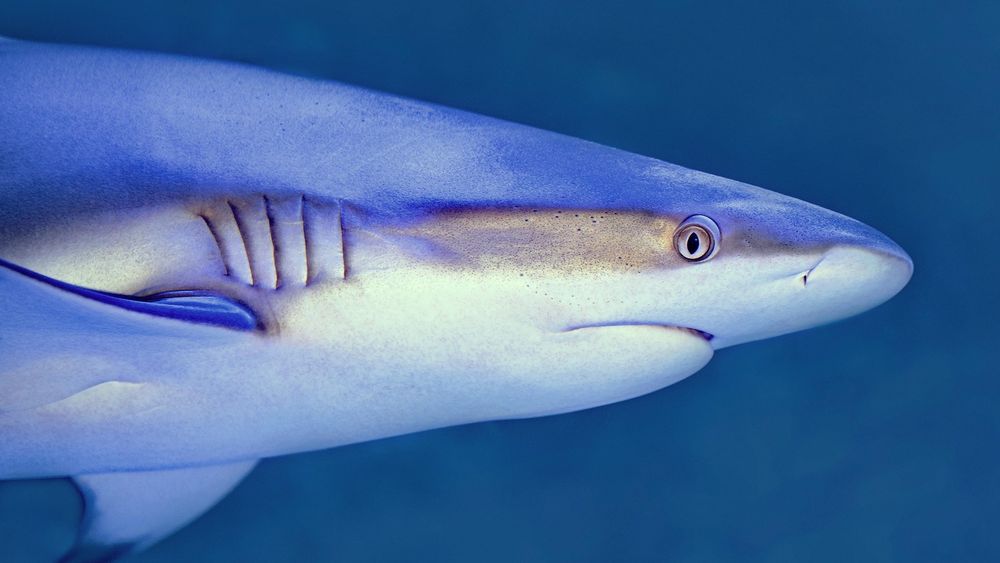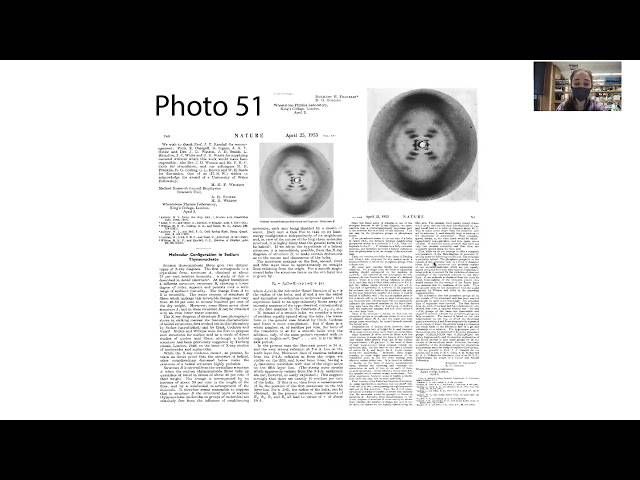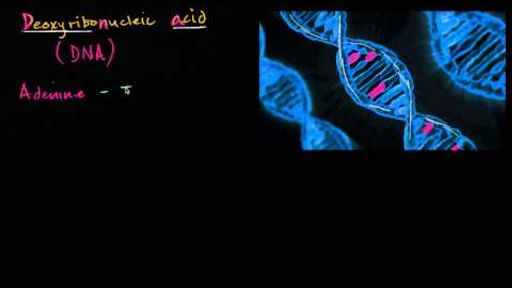LabXchange
@labxchange.bsky.social
140 followers
21 following
230 posts
The world's science classroom.
Posts
Media
Videos
Starter Packs
LabXchange
@labxchange.bsky.social
· Sep 9
LabXchange
@labxchange.bsky.social
· Aug 19
LabXchange
@labxchange.bsky.social
· Aug 12

Delve Into the Microscopic World of Cells in a New Life Science Cluster
Designed for middle school learners, the new Life Science: Cells cluster consists of eight pathways that explore the important characteristics, structures, and functions of cells.
f.mtr.cool
LabXchange
@labxchange.bsky.social
· Aug 12

Delve Into the Microscopic World of Cells in a New Life Science Cluster
Designed for middle school learners, the new Life Science: Cells cluster consists of eight pathways that explore the important characteristics, structures, and functions of cells.
f.mtr.cool
LabXchange
@labxchange.bsky.social
· Jul 31
LabXchange
@labxchange.bsky.social
· Jul 31























